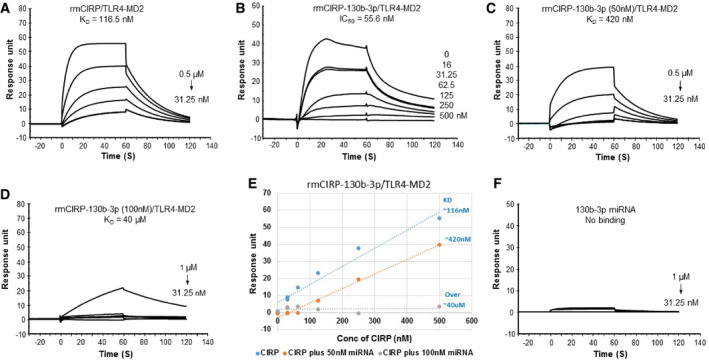Figure 7. MicroRNA 130b‐3p mimic attenuates rmCIRP's binding to TLR4/MD2 complex.

-
AVarying concentrations of rmCIRP (31.25–500 nM) were injected alone as the analyte (K d of 116.5 ± 0.8 nM).
-
BIC50 (55 nM) was analyzed by injecting a steady concentration of rmCIRP (0.25 μM) combined with varying concentrations of miRNA 130b‐3p (16–500 nM) over immobilized TLR4/MD2 complex.
-
C, DVarying concentrations of rmCIRP (31.25–1,000 nM) with a constant concentration of 50 nM and 100 nM of miRNA 130b‐3p were injected as analytes over immobilized TLR4/MD2 complex (K d of 420 nM and 40 μM, respectively).
-
EExperiments (A, C, and D) plotted to compare response units and K d values.
-
FTo determine that miRNA 130b‐3p does not bind TLR4/MD2 complex directly, varying concentrations of miRNA 130b‐3p (31.25 nM up to 1,000 nM) were injected as the analyte with TLR4/MD2 complex immobilized onto a CM5 series chip. At least three independent BIAcore experiments were performed.
